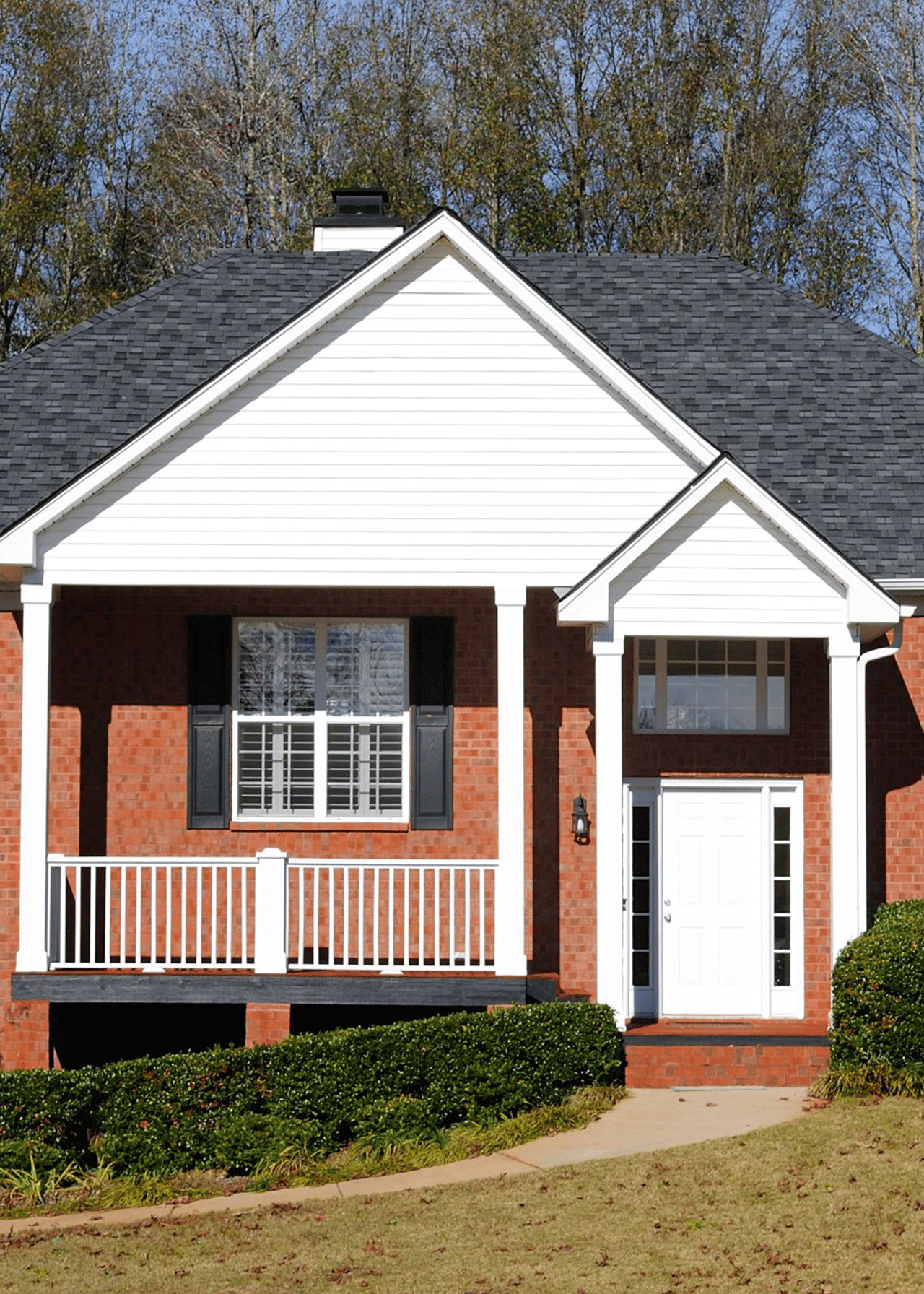
Get in Touch
Trophy Point Realty Group
Call Us Now! (912) 421-4121
[email protected]
1216 Waters Ave. Unit B, Savannah, GA 31404
Get in Touch
Get in Touch
Trophy Point Realty Group
Call Us Now! (912) 421-4121
[email protected]
1216 Waters Ave. Unit B, Savannah, GA 31404